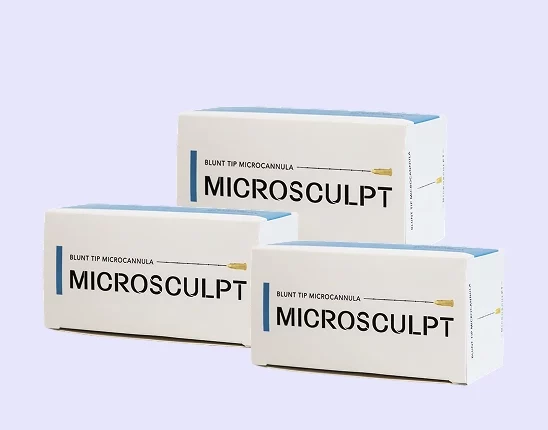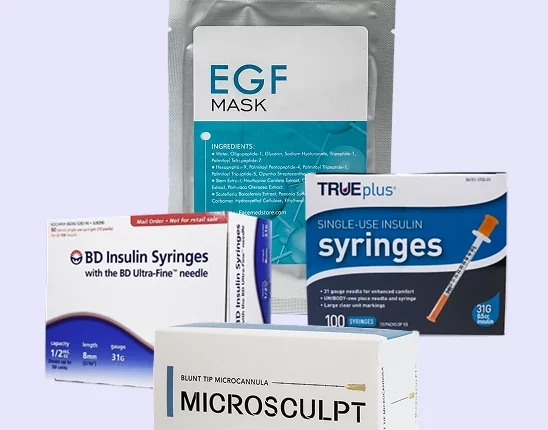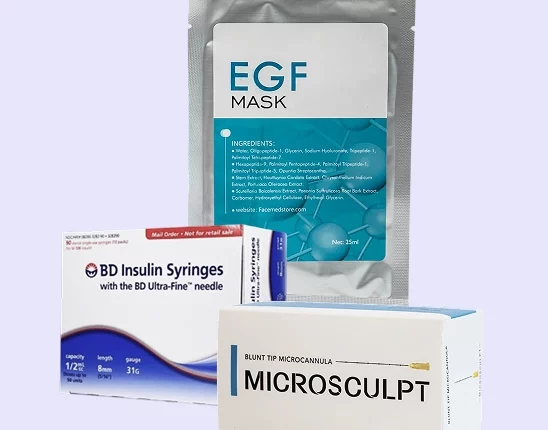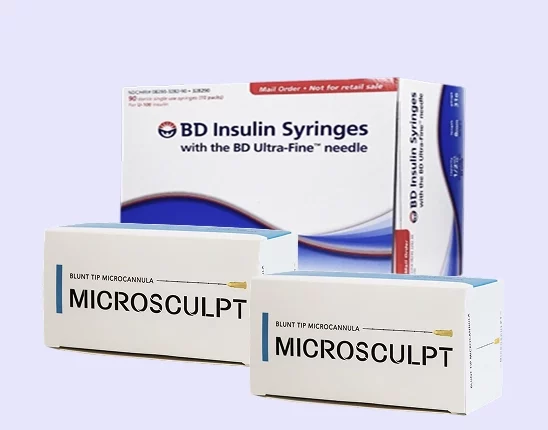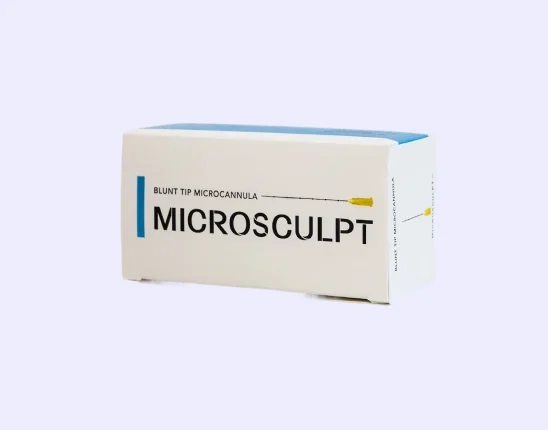According to a 2017 Statista survey, around 34% of Americans have two to three body piercings. These piercings are often performed with a hollow point-needle, where the jewelry is inserted into the needles and into the skin as the injection is made. However, needles are not the only way to inject piercings: cannulas are also an effective method.
So what’s the difference between using a cannula or a needle for piercings? Needles provide a direct link between the jewelry and the skin, while cannulas have a much better connection between the tissue when injecting piercing. It’s also which part of the world the procedure is done.
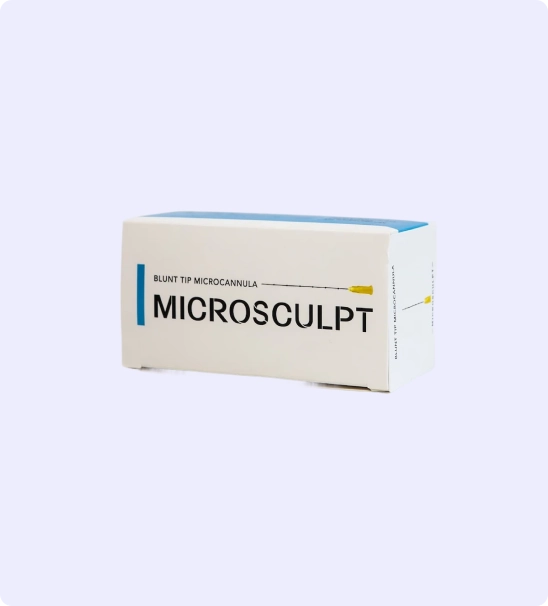
Injections Your Patients Will Love! Code “20OFF” Takes 20% off Your First Order!
Microcannulas are a tool that every great injector must master. Patients want quick results with no downtime. Our microcannulas are high quality and a fraction of the price of our competitors!
You can create an account here.
Cannula vs. Needles
A cannula piercing needle (or a piercing catheter) is a piercing needle that’s sheathed in plastic tubing. After the piercing has been made in the skin, the plastic tubing remains and the piercing/jewelry is inserted into the hole. The “cannula” in this setup doesn’t refer to the needle – rather, it refers to the plastic sheathing that surrounds it.
The primary benefit to using a piercing catheter is that it provides a suitable channel to insert the piercing without aggravating the entry wound already made by the injection. This can allow larger piercings or settings to be inserted into the skin.
Hollow needles have been the tool of choice for inserting piercings of any size, primarily because of the laser-cut precision of the tubing and the variety of gauges available. After the initial injection is made, jewelry of the corresponding size is inserted into the hole for insertion.
Hollow needles are readily accessible, and it’s more likely that piercers have training with them rather than using cannulas. However, the risk of using needles comes down to the skill of the piercer: if the jewelry isn’t inserted soon after the injection is made, the hole may close or shrink, requiring another injection to be made again.
Here is a table summarizing the major differences between the two tools:
| Cannula | Needle |
| Primarily used in European piercings (most notably around the U.K.) | Primarily used with American piercings |
| Short bevel, only sharp on 1 edge | Long bevel, sharp on all 3 axes |
| Shallow penetration of the skin | Deep penetration of the skin |
Why Cannula Sheaths and Blade Needles Are Regulated In The United States
Cannula needles are more commonly used for piercing outside the United States since it’s not classified as a medical device. In the US, only medically qualified personnel (doctors, nurses, and dermatologists) can use cannula piercing needles. Since they have the experience and training required, cannula piercings are much more accessible for patients compared to commercial piercing establishments.
Patients that would want to consider their tendency to bruise and bleed, as cannulas will naturally cause a larger entry point. While this allows for better jewelry connection, it’s not suited for working on delicate parts of the body like the ears.
Needles are the better choice if the patient is concerned about pain, as the sharp bevels make a smoother entry point and therefore make the entire procedure less painless. However, patients should also choose a piercer with experience, as it’s easier to lose the connection between the blade and the skin mid-transfer of the piercing.
Buy Medical-Grade Cannulas and Needles At FACE Medical Supply
-
 Microcannula Multi-Gauge Precision Set
Microcannula Multi-Gauge Precision Set -
 Microcannula Complete Injection System
Microcannula Complete Injection System -
 Microcannula Size Progression Training Kit
Microcannula Size Progression Training Kit -
 Microcannula Professional Starter Kit
Microcannula Professional Starter Kit -
 Microcannula Volume Practice Pack
Microcannula Volume Practice Pack -
 23 gauge 50 mm (2 inch) Microcannulas
23 gauge 50 mm (2 inch) Microcannulas -
 22 Gauge 100 mm (4 inch) Microcannulas.
22 Gauge 100 mm (4 inch) Microcannulas. -
 27 Gauge 38 mm (1.5 inch) Microcannulas
27 Gauge 38 mm (1.5 inch) Microcannulas -
 25 Gauge 38 mm (1.5 inch) Microcannulas
25 Gauge 38 mm (1.5 inch) Microcannulas
It will ultimately fall on the dermatologist and the patient to discuss the method used for their piercings. The essential factor is to have access to high-quality cannulas or hollow needles, as substandard products can jeopardize the piercing process and wound the skin.
At FACE Medical Supply, we offer medical tools like piercing catheters and hollow needles at affordable prices. Combined with our passion for excellent customer service, this enables cosmetic practices to add piercing services without having to worry about supply.
Read more: Applying Restylane: Cannula vs Needle
